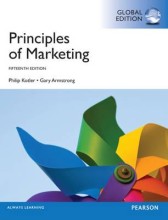Physiology of Exercise - metabolic-cardiovascular-ventilaory coupling - Cardiovascular coupling in metabolism: muscle oxygen supply
4 important questions on Physiology of Exercise - metabolic-cardiovascular-ventilaory coupling - Cardiovascular coupling in metabolism: muscle oxygen supply
The proportional increase of the cardiac output is less than the increase of VO2. What mechanism compensates for this discrepancy?
How much is the difference (P(A-a)O2) between pO2 in the alveoli (PaO2) and pO2 in the arteries (PAO2) during exercise in normal young adults?
What are the normative values of PAO2 and PACO2 (= at alveoli)?
- Higher grades + faster learning
- Never study anything twice
- 100% sure, 100% understanding
What effect does CO (carbon mono-oxide) have on capillary pO2? And on blood flow - metabolic rate ratio (Qm/VO2m)?
The question on the page originate from the summary of the following study material:
- A unique study and practice tool
- Never study anything twice again
- Get the grades you hope for
- 100% sure, 100% understanding
































